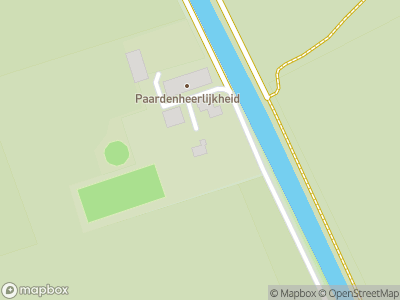For centuries, the medieval transverse dike of Mariënwaerdt dammed up the water of Bisschopsgraaf in Culemborg. In the 19th century, this transverse dike also served as a dam in the westerly direction. The basin of Culemborgerwaard thus became part of the Nieuwe Hollandse Waterlinie, the New Dutch Inundation Line. Both the inundation field and Mariënwaerdt polder could be flooded. It formed the most easterly (solid) inundation boundary of the Inundation Line. Do also take a look around this imposing transverse dike which has recently been raised to facilitate the storage of water of Bisschopsgraaf.
Side embankment
This small dike was created as a transverse dike of the Mariënwaerdt polder, probably as a side embankment to allow the water to flow into the basins via an overflow trench during high water levels of the river Linge. The oldest part of it lies in the high polder lands near the Linge.
After the diked area between the rivers Lek and Linge was closed, the lowest lands in Mariënwaerdt could also be built on. The transverse dike was extended into the new back dike of the polder and has since formed the drainage boundary of the neighbouring village of Tricht. Later, Bisschopsgraaf was also dug here which allowed for water from Beusichem and Zoelmond near the Neust pumping station to be drained to the Linge.
Inundation line
After the transverse dike began serving as a dam in the westerly direction, the basin of Culemborgerwaard became part of the Nieuwe Hollandse Waterlinie, the New Dutch Inundation Line. The inundation field could be flooded by opening the sluices in the Lekdijk dike near ’t Spoel and Fort Everdingen, and the sluices in the Lingedijk dike near Acquoy, Rhenoy and Beesd. The Mariënwaerdt polder was also part of the inundation. It was flooded by creating openings in the transverse dike of the Beesd village polder, the Beesdsche Zeedijk. The incoming water was stopped by the perpendicular embankment of Mariënwaerdt.













